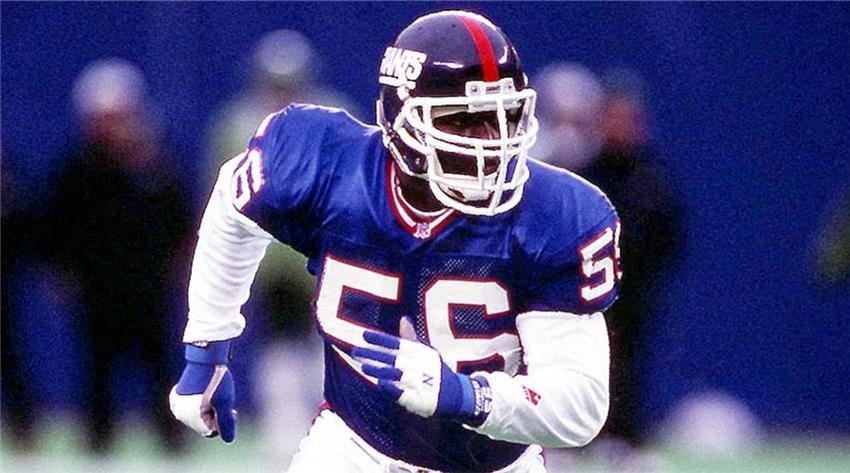
In the NFL it was famously said that defense wins championships -that's got to be wrong now, right?
Over the years, the NFL has seen a multitude of changes in the way the game is played. With a steady evolution of offensive strategies, rule changes, and technology influencing how teams prepare, the age-old adage that "defense wins championships" is increasingly being scrutinized. While a strong defensive presence has often been the backbone of successful teams, there's a growing trend suggesting that the game may be shifting away from its traditional defensive-centric focus.
Since the inception of the NFL back in 1920, the league has undergone a series of rule changes that have impacted the prominence of defense. Initially, the forward pass was a rare sight in games, with teams primarily relying on running plays. However, as the league progressed and the passing game began to flourish, rules were adjusted to favor the offense. This included the 1978 introduction of the "Mel Blount Rule," which limited the contact a defensive player could have with a receiver, and the 2014 clarification of the "defenseless player" rule, providing additional protection to offensive players. These changes have undeniably shifted the balance of power towards the offense, but has it diminished the importance of defense in winning championships?
The statistical evolution of the NFL provides some insight into the shifting dynamics of the game. Comparing data from the 1970s and 1980s to that of the 2010s and early 2020s, it becomes apparent that offenses have become more potent. In the 1970s, for instance, the average points per game hovered around 17.2, while in the 2010s it climbed to 22.8. Passing yards per game have also seen a significant increase, with teams in the 1970s averaging 153.3 yards and those in the 2010s averaging 235.3 yards. This surge in offensive production can be attributed to the advent of more sophisticated play-calling, rule changes, and the increasing physical capabilities of players.
In contrast, defensive statistics have fluctuated over the years, with no clear trend towards dominance or decline. A key indicator of defensive prowess is the number of takeaways a team can generate, which often translates to additional offensive opportunities. In the 1970s, the average number of takeaways per game was 3.0, while in the 2010s it had dipped to 2.9. This minimal decline suggests that despite the increasing offensive firepower, defenses have remained relatively resilient.
To further investigate the relationship between defense and championships, we must consider the performance of Super Bowl-winning teams. Analyzing the last two decades, it becomes clear that a strong defense is still a crucial component for success. Since 2000, Super Bowl-winning teams have ranked, on average, within the top 10 in both points allowed and yards allowed per game. This indicates that despite the offensive revolution, defense remains a cornerstone of championship-winning teams.
However, the interplay between offensive and defensive success is nuanced. In recent years, the league has seen an increasing number of teams with high-powered offenses reaching the Super Bowl, sometimes compensating for a less dominant defense. The Kansas City Chiefs' victory in Super Bowl LIV serves as a prime example. While their offense ranked 5th in the league, their defense ranked 17th in points allowed and 16th in yards allowed. In this case, the adage that defense wins championships was seemingly debunked, as the Chiefs' offensive firepower was enough to carry them to victory.
The rise of "dual-threat" quarterbacks in recent years has also altered the traditional dynamics between offense and defense. Quarterbacks like Lamar Jackson, Patrick Mahomes, and even Kyler Murray can devastate defenses with both their passing and running abilities. This new breed of quarterbacks challenges the age-old defensive strategies and forces teams to adapt their defensive schemes to contain these versatile playmakers. While some teams have successfully adjusted their defenses to limit the impact of dual-threat quarterbacks, it remains a challenge that further blurs the lines between offense and defense in the quest for championships.
Despite the offensive revolution, a well-rounded team remains the key to success. An analysis of the last 20 Super Bowl winners reveals that, on average, the winning teams had a top-10 offense and a top-10 defense. This suggests that balance between both sides of the ball is vital in achieving the ultimate goal.
Recent stats reveal a fascinating interplay between offense and defense. In the last decade, 60% of teams that led the league in scoring defense reached the conference championship game, while 50% of teams that led the league in scoring offense reached the same stage. This implies that both offense and defense contribute significantly to a team's championship aspirations.
The adage that "defense wins championships" might not hold as much weight as it once did, but it is far from being obsolete. While the NFL has undoubtedly seen an offensive explosion, and high-powered offenses have become a more integral part of championship-winning teams, a strong defense remains a key component for success. The game of football has evolved, and with it, the formula for winning championships has become more complex. A balanced and complementary approach between offense and defense, tailored to exploit the strengths and weaknesses of each team, has emerged as the blueprint for achieving victory in the modern NFL.
Ultimately, the notion that defense wins championships should be updated to reflect the current landscape of the NFL: While defense remains essential, a harmonious combination of offense and defense is what truly leads to championships in today's game.
